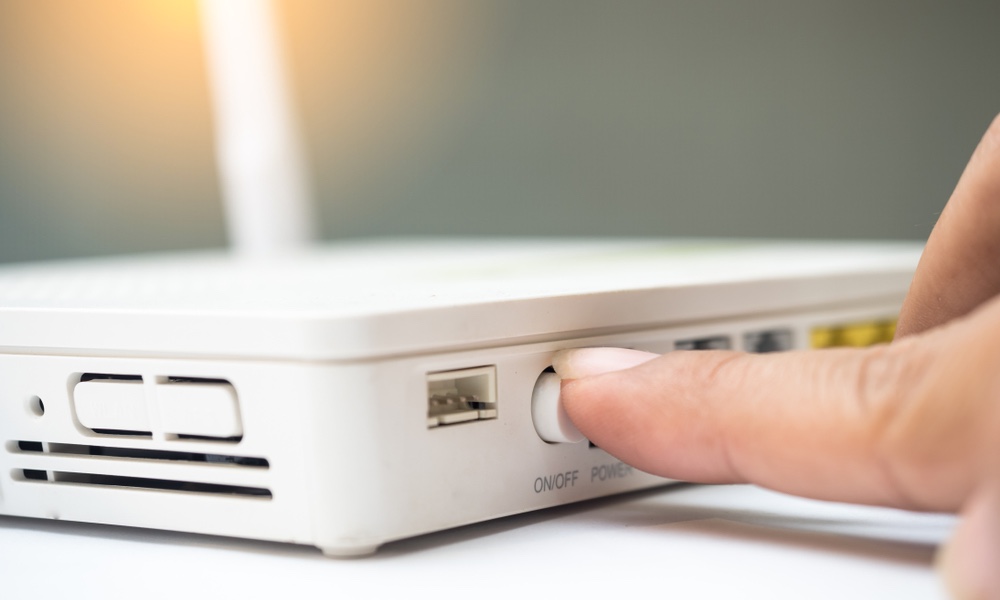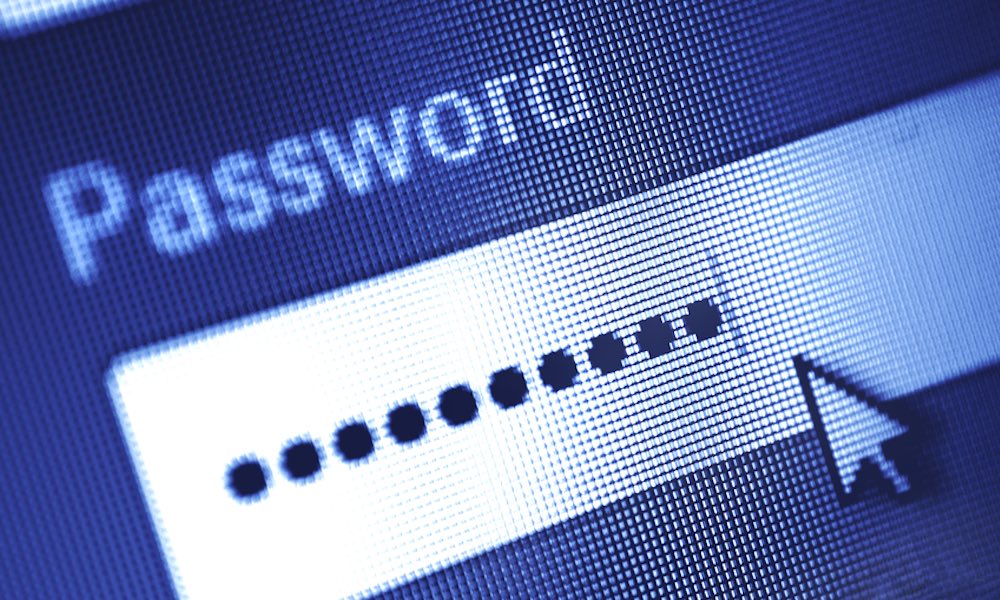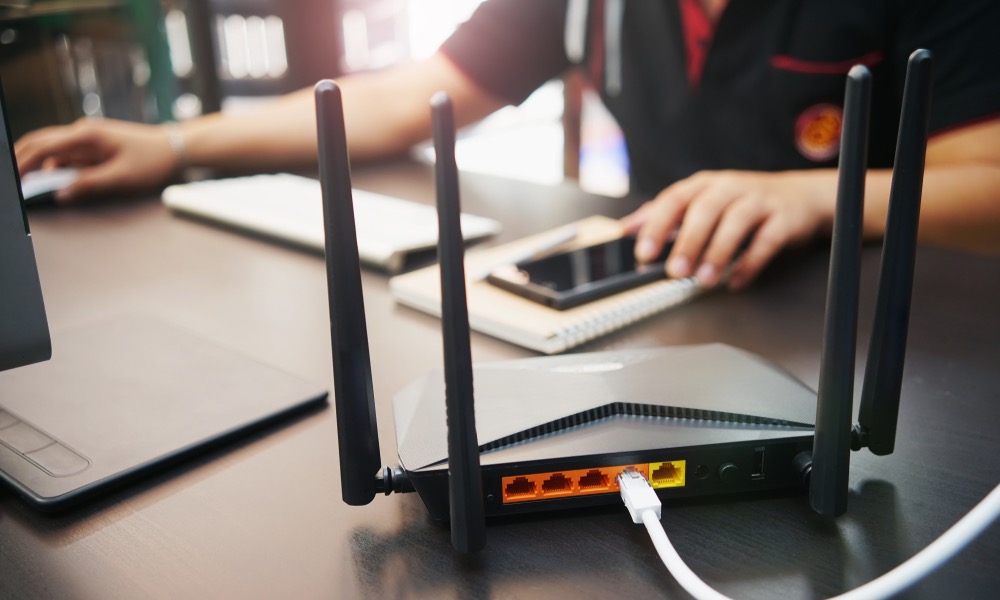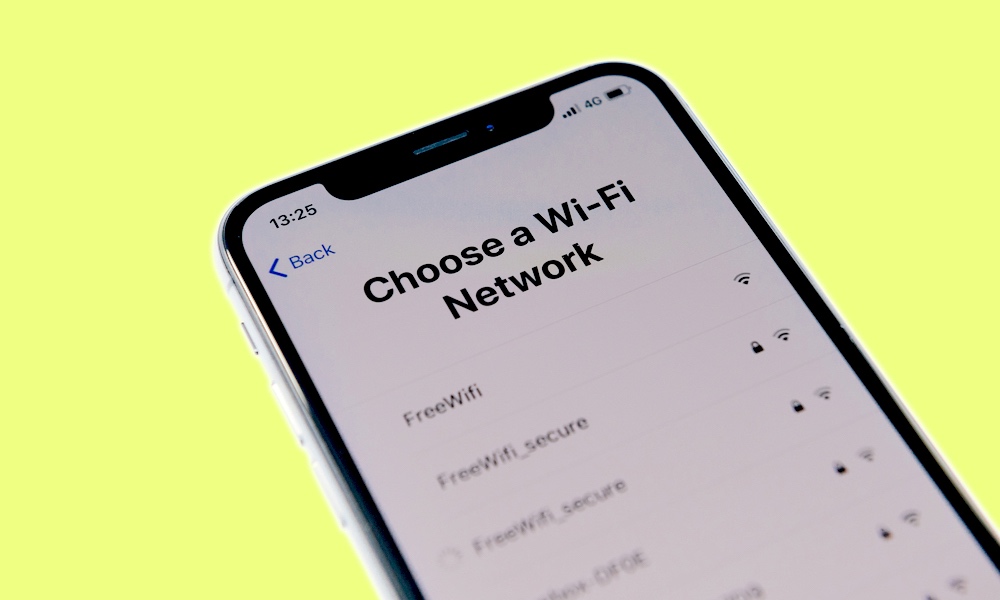6 Router Tips to Browse Faster and Protect Your Devices Online
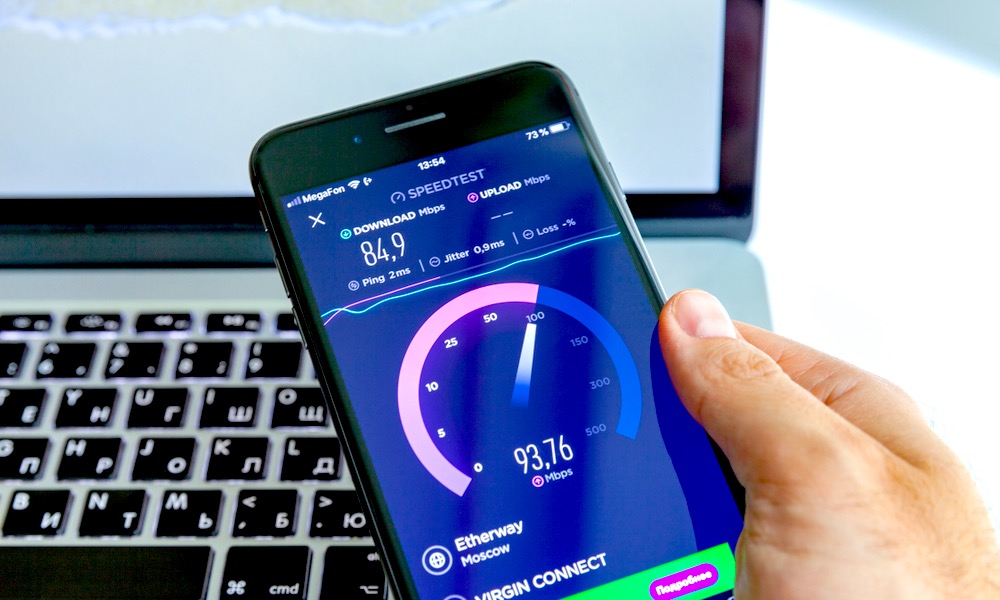 Aleksey Khilko / Shutterstock
Aleksey Khilko / Shutterstock
Did you know that basic router maintenance can keep your mobile devices safer? Or that it may be able to speed up your data connection, too? If it’s been a while since you did any maintenance on your router (possibly since setup), continue reading to browse six measures to put into practice, and why everyone should be doing them.
Reset Your Router About Once a Month
Most router owners are used to resetting their routers, but only when something goes wrong. However, resetting your router offers more benefits than just fixing your suddenly lost Wi-Fi. It’s also a chance for your router to implement any important updates that may require a reboot, and ditch any hacking attempts that may have been trying to ride along on your Wi-Fi connection. At one point, the FBI even recommended that everyone reset their routers to help foil a Russian-based hacking attempt. It can also clear a router’s memory cache, which is useful for especially busy routers that may get overloaded from a lot of device connections.
However, be careful. Resetting your router about once a month is good practice, but you don’t want to do a full factory reset, which removes all of your settings. Stay away from the reset options that have you poke pins in holes, etc. Just unplug your router and disconnect it from all other devices for a few minutes, and then plug it back in. There’s usually an option to reset from your router’s website settings, too.
Change the Name and Password for Administrative Settings
This is an important step that’s easy to forget when setting up
your router. Setting a password for router access is key, but you should also
login to your administrative settings and change both the username and password
for those settings. Most routers just leave this as a default for easy access,
but that makes it very easy to hack into router settings and then cause all
kinds of further trouble. So change your administrative passwords and log out
to make sure that the change takes effect.
Block Suspicious MAC Addresses
A MAC address is a code assigned to a specific, unique device that identifies that device for online connections. It’s very handy – in this case, it can help you identify any suspicious devices that may have hitched a ride on your Wi-Fi.
Head to your router administration website (you can usually find this by plugging in your public IP address into your search engine) and look for the section that shows all the devices and their MAC addresses connected to your internet.
Watch for MAC addresses that don’t match any of the devices your family owns or other suspicious addresses that shouldn’t be there. Router settings include an option to block those specific MAC addresses so they can’t connect again.
Hackers can duplicate and mimic MAC addresses, but blocking MAC
addresses you don’t recognize can still help a lot if someone is trying to
sneak on your Wi-Fi for free.
Keep Up on Encryption
There are several kinds of encryption built into routers, which gets a little confusing for those setting up a router for the first time. The current best standard is WPA2, which everyone should be using. If you aren’t sure what type of encryption you are using, check it out and make sure it’s set to WPA2 if necessary (this may require a change to your password).
On the other hand, you may be saying, “I’ve been using a router my whole life. I already know that I need WPA2.” In that case, watch out! WPA2 is actually a fairly old encryption standard at this point and the powers that be have been working on WPA3 for a few years now. It’s nearly ready to be released, and when it becomes available for your router, you will need to switch to it!
Check for Updates
Some routers will update automatically, which is
great. Others may need a push, especially for larger updates. Log onto your
router app or your router’s administrative website from time to time and see if
there are any notifications for updates that you need to implement and reboot.
Keep an Eye on Future Developments
There are a
lot of new technologies that are going to hit routers very soon or have just
recently arrived. Wi-Fi
6, more advanced MU-MIMO options, and a bunch of other jargon that
basically means router technology is leaping forward. Some of these advances
are designed to keep routers safer, but ultimately what don’t know what
vulnerabilities may be uncovered in the latest protocols. So keep an eye on
security news and watch for any new advice on router safety, especially in the
next couple of years.

